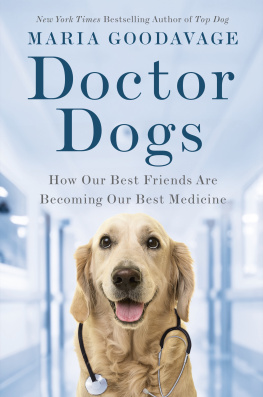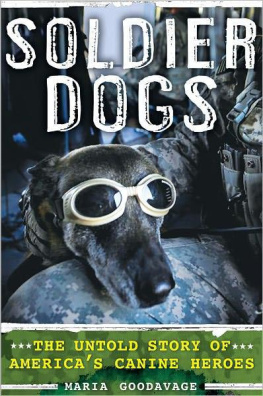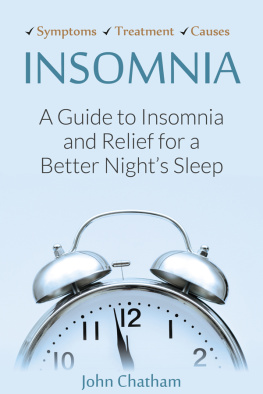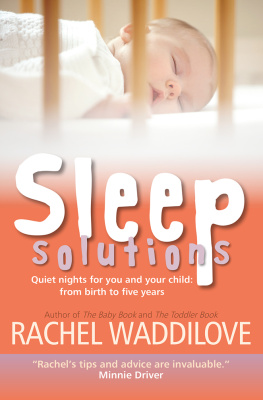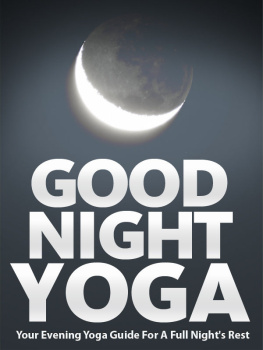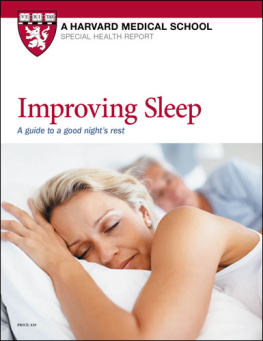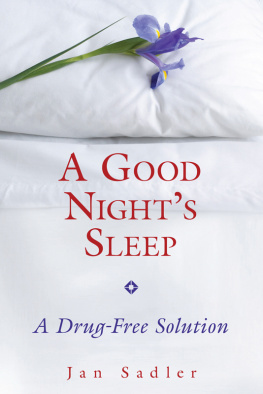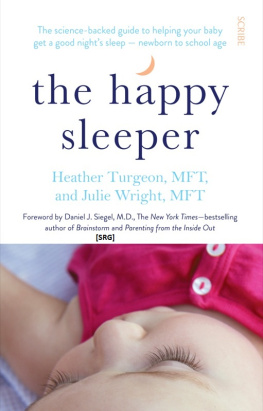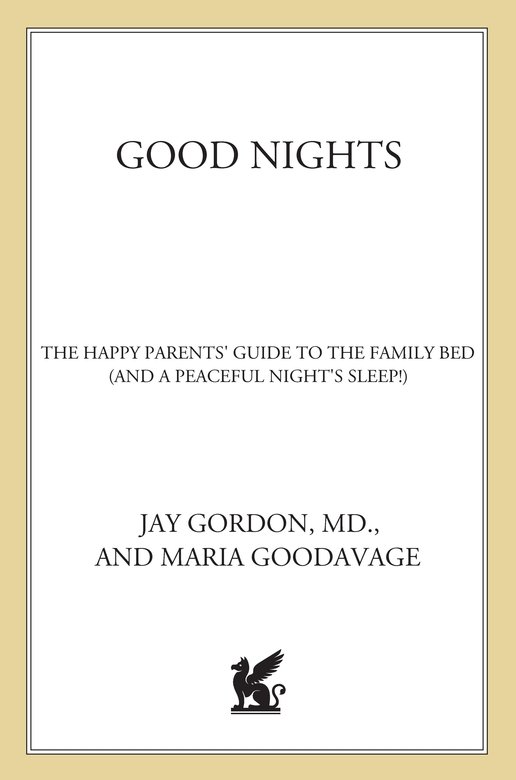T he birth of a book always involves so many more people than just the authors. Because this book contains so much new information, a huge amount of work went into its research and its writing. It was a labor of love with a long gestation period. We couldnt have delivered it without the help of dozensactually hundredsof people. Here are some to whom were deeply grateful.
We are especially indebted to anthropologist James McKenna, Ph.D., who heads the Mother-Baby Behavioral Sleep Laboratory at the University of Notre Dame. His revered scientific work on co-sleeping has spawned a whole new field of research. Even though he was working on a book of his own at the time, he was incomparably generous with providing us with priceless research and papers, some of which hadnt even been published yet. The more books on the subject, the better, hed say. People need to know about this. We will never forget his kindness and generosity.
Were also very thankful to David Servan-Schreiber, M.D., Ph.D., a neuroscientist and psychiatrist who really knows how peopleand bookstick. His opinions on the manuscript, and his contributions, were invaluable.
Special thanks to Pam Oselka, of the La Leche League International Alumnae Association, and to La Leche League International itself, for helping us reach hundreds of family bed alum.
Also much gratitude to the dynamic Janet Jendron, mother of four former family bedders, who helped us get in touch with the world.
Along these lines, we want to thank Barbara Nicholson and Lysa Parker, cofounders of Attachment Parenting International. They put out the call to parents, and parents responded. They also gave us some really good ideas.
We thank and hold in great esteem William Sears, M.D., and Tine Thevenin. Their earlier works on the family bed have helped countless parents get comfortable with the idea of co-sleeping. They bravely broke the ground before co-sleeping began its journey out of the closet.
Were very grateful to our wonderful agent, Carol Mann, who pitched well and saw us through some unique moments.
We also wish to thank Steve Cohen, M.D., a family practitioner, for sharing his extensive experiences, both personal and professional.
Hats off to Richard Leiby, of the Washington Post, who helped us come up with a winning title, despite his feelings about the family bed. (Were just cribbing you, Rich.)
Were deeply appreciative of brilliant science writer Keay Davidsons encouragement about the basic premise of the bookwhen it was in its embryonic stages, and of his advice about ways to handle the books scientific aspects.
Finally, we are profoundly indebted to the hundreds of family bedders who participated in our questionnaire and who talked with us about their experiences for this book. They are the true experts.
Some notes from Dr. Jay:
Thanks to Maria Goodavage. We make a good book team.
A huge thanks to my incredible office support team who make my job easier and talked to parents about sleep every day: Ileana Hernandez, Christy Whiteside, Beverly Kitz, Marci Tarle, Jennifer Davidson, Holly Factor, Harriet Cutler, and Lisa Boehle.
And a very special thanks to my associate and office mate Linda Nussbaum, M.D., F.A.A.P., for being an excellent doctor and taking wonderful care of our shared patients for years and years.
I am grateful to the terrific families in my practice, who have taught me more over the years about the family bed and great parenting than I learned anywhere else.
And, again and again, thank you, Meyera, for your love and help, and, Simone, for being the best daughter in the world.
And a few words from Maria:
Big thanks to Dr. Jay, a terrific coauthor.
Grazie molto to my own wonderful mother, Evelyn, who put in countless Grammy hours with Laura while I was workingon the book. Also, for her amazing ability to ferret out information about famous folk. Even through her fight with cancer, she was always there for me and for this project. She is truly an astounding woman.
Special thanks to Therese Hong, a great mom and an old friend. Although relatively new to the family bed, she provided me with some extraordinary insights.
Im also very grateful to Rosemary Nocera, who pinch-hit when she was really needed. And to Melanie Fife, who should write, and Sally Deneen, who does.
For her inspiration, I wish to thank Franca, my younger Italian aunt, who showed me long ago that children who slept in the same room as their parents can grow up to be amazing adults.
And mostly, I couldnt have done it without the love and support of my husband, Craig Hanson, who gave many squishy (and often fishy, after a day of pursuing salmon) family hugs with the other half of my household support teammy sweet and life-loving daughter, Laura. I couldnt ask for a better family.
Appendices
Appendix A: The CPSC ReportExplaining the Errors
Rather than present you with our views of the problems with the 1999 U.S. Consumer Product Safety Commission report, which some might interpret as biased because of our stand on the family bed, well let a couple of objective parties do the analysis.
If you have access to the internet, we highly recommend an article from the electronic edition of the Western Journal of Medicine from May 2001: Evidence Supports Respecting Informed Parental Preference, by Mary Ann OHara, senior research fellow at the Department of Family Medicine, University of Washington, Seattle. You can find it at www.ewjm.com/cgi/content/full/174/5/301 .
The following excerpt is from a lead article of therespected medical journal, Contemporary Pediatrics (Copyright 2000, Contemporary Pediatrics, a Medical Economies/ Thomson Healthcare publication, reproduced with permission):
The authors of the report, who are employees of the CPSC, acknowledge flaws in their research, such as the incomplete and anecdotal nature of their databases, which depend on information from death certificates that mention a specific consumer product and consumer complaints, as well as media articles and medical emergency services reports. The way the data were collected did not permit the authors to determine how many children co-slept, and hence were at risk of dying while doing so, or the total number of children who died while cosleeping.
These incomplete databases should lead to underreporting of infant deaths associated with co-sleeping. Because of the way the authors analyze the data, however, they may have overreported such deaths. According to the report, 515 children younger than 2 years who were placed to sleep on adult beds died during an 8-year period (1990-1997). Of these, 121 deaths, or 15 a year, were attributed to overlying by a parent or other family member. The remaining 394 deaths, the authors determined, resulted from suffocation or strangulation when the childs head was caught in a structure of the bed. (Good Nights authors comment: Fully one-fifth of those deaths occurred in water beds, which have long been known as very dangerous places to place a baby to sleep.)
The most significant flaw in the CPSCs research is how it ascertained the cause of death. Of the infants who reportedly died because of parental suffocation, the authors say they excluded deaths that probably were caused by SIDS butincluded those caused by overlying, indicated in the databases by descriptions such as mother fell asleep while nursing, sleeping mother overlay childs body, and infant accidentally rolled over by mother.


